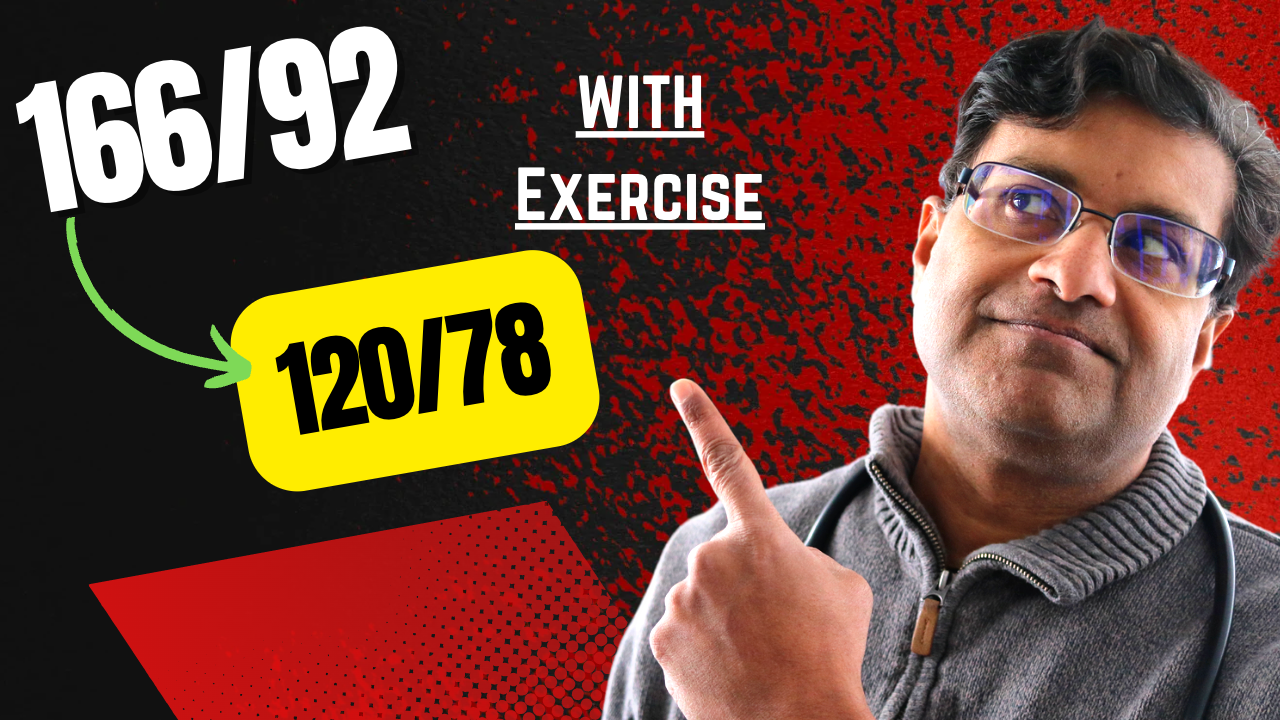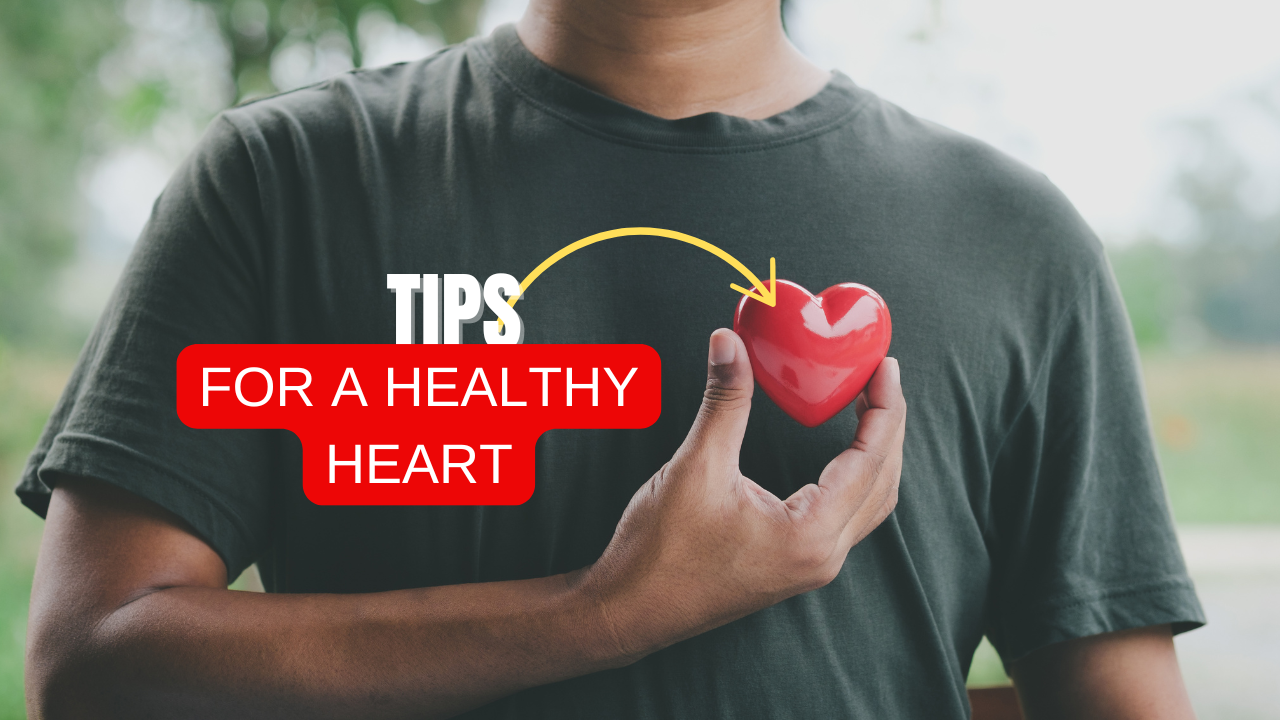- Is your blood pressure high?
- Are you one of the millions of people struggling with high blood pressure?
- The good news is that there are simple and effective exercises you can do to lower your blood pressure and improve your overall health.
- In this article, we’ll share our top tips for reducing high blood pressure through exercise, including some surprising options you may not have considered.
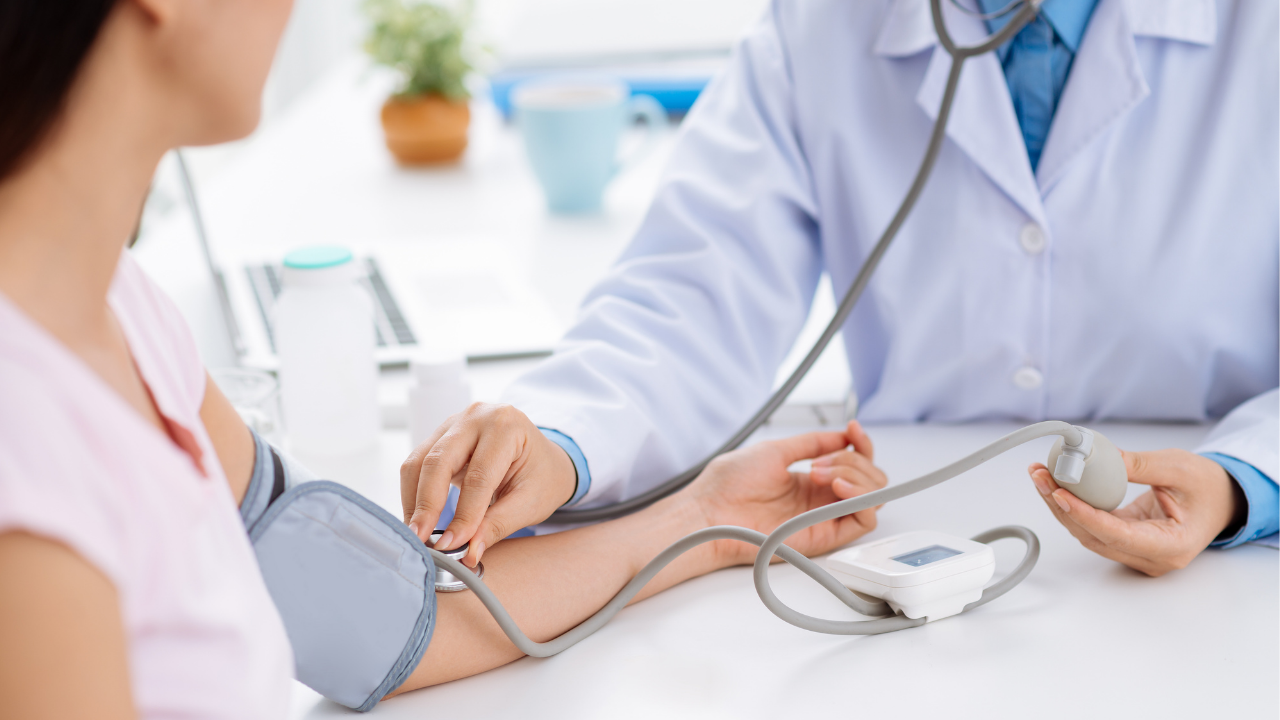 High blood pressure, also known as hypertension, is a common health condition that can increase your risk of heart disease, stroke, and other health problems. While medication can be effective in managing high blood pressure, exercise can also be an important part of a healthy lifestyle that can help lower blood pressure and improve overall health.
High blood pressure, also known as hypertension, is a common health condition that can increase your risk of heart disease, stroke, and other health problems. While medication can be effective in managing high blood pressure, exercise can also be an important part of a healthy lifestyle that can help lower blood pressure and improve overall health.
In this article, we’ll be discussing some exercises that you can do to help lower your blood pressure. It’s important to note that while exercise can be beneficial for managing high blood pressure, it’s always important to consult with your healthcare provider before starting a new exercise program.
Part 1: Understanding High Blood Pressure
Before we dive into specific exercises, let’s first discuss what high blood pressure is and how it can impact your health.
Blood pressure is the force of blood against the walls of your arteries, and high blood pressure occurs when that force is consistently too high. This can cause damage to your blood vessels and increase your risk of heart disease, stroke, and other health problems. There are several factors that can contribute to high blood pressure, including family history, age, weight, and lifestyle choices such as diet and exercise. While medication can be effective in managing high blood pressure, lifestyle changes such as exercise can also be helpful in lowering blood pressure and improving overall health.
When you are exercising your heart has to work more to efficiently pump blood to your various organs and tissues. If exercise is done regularly, and the emphasis should be on the words regular and being consistent your heart will become stronger. If your heart is stronger, it will require less effort to pump oxygen and nutrients. Less effort means the pressure or force on the inner walls of your arteries is less and in this way your blood pressure is lower.
Part 2: Cardiovascular Exercise
One of the most effective types of exercise for lowering blood pressure is cardiovascular exercise. This type of exercise gets your heart rate up and strengthens your heart and blood vessels. Some examples of cardiovascular exercise include
- Walking: Walking is a low-impact exercise that can be done almost anywhere. Start with a 10–15-minute walk and gradually increase the time and intensity as your fitness level improves. Here’s a short plan to get started with walking: Plan to walk for 10-15 minutes at a time, at least three times a week to start. Come-on you can do practically anything for 10-15 minutes.
- Choose a comfortable pair of shoes with good arch support. Find a safe and flat walking route, such as a local park or neighborhood. Start with a slow and comfortable pace, gradually increasing your speed as you feel more comfortable. Try to incorporate hills or inclines into your walking route to challenge yourself. If you’re struggling to stay motivated, try walking with a friend or listening to music or an audiobook to make the time go by faster.
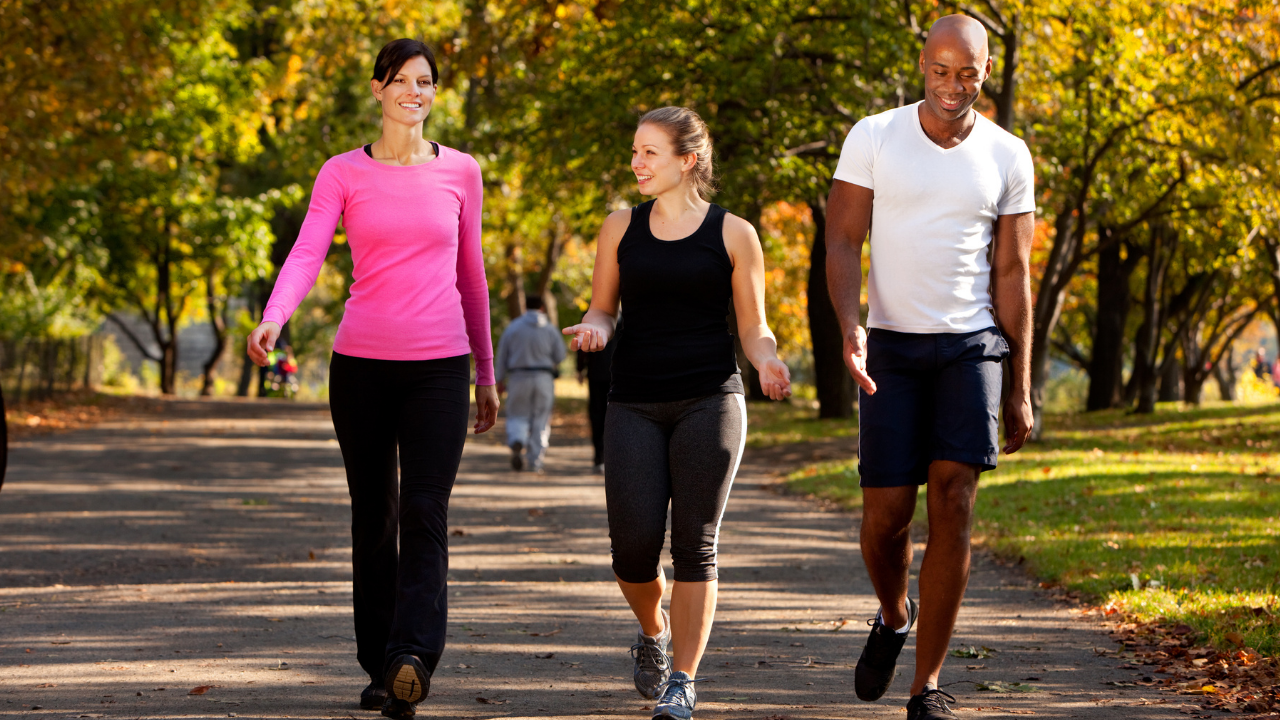 Walking is like taking baby steps towards better health. It may not feel like a big change at first, but every step you take can make a difference in managing your high blood pressure. In the description below is a link to a free 12 week walking program to jump start your journey to improve your blood pressure and your health. What are you waiting for it’s a FREE link below.
Walking is like taking baby steps towards better health. It may not feel like a big change at first, but every step you take can make a difference in managing your high blood pressure. In the description below is a link to a free 12 week walking program to jump start your journey to improve your blood pressure and your health. What are you waiting for it’s a FREE link below.
- Jogging or running: If you’re looking for a higher intensity workout, jogging or running can be a great option. Just be sure to start slowly and gradually increase your intensity to avoid injury. However, it’s important to start slowly and gradually increase your intensity to avoid injury. Here’s a short plan to get started with jogging or running: Plan to jog or run for 10-15 minutes at a time, at least three times a week to start.
- Choose a comfortable pair of running shoes with good support and cushioning. Start with a slow and comfortable pace, gradually increasing your speed and distance as you feel more comfortable. Try to run on flat surfaces to start, gradually incorporating hills or inclines as you build your endurance. Incorporate a warm-up and cool-down period to help prevent injury and soreness. If you’re struggling to stay motivated, try running with a friend or setting a goal, such as participating in a local 5K race.
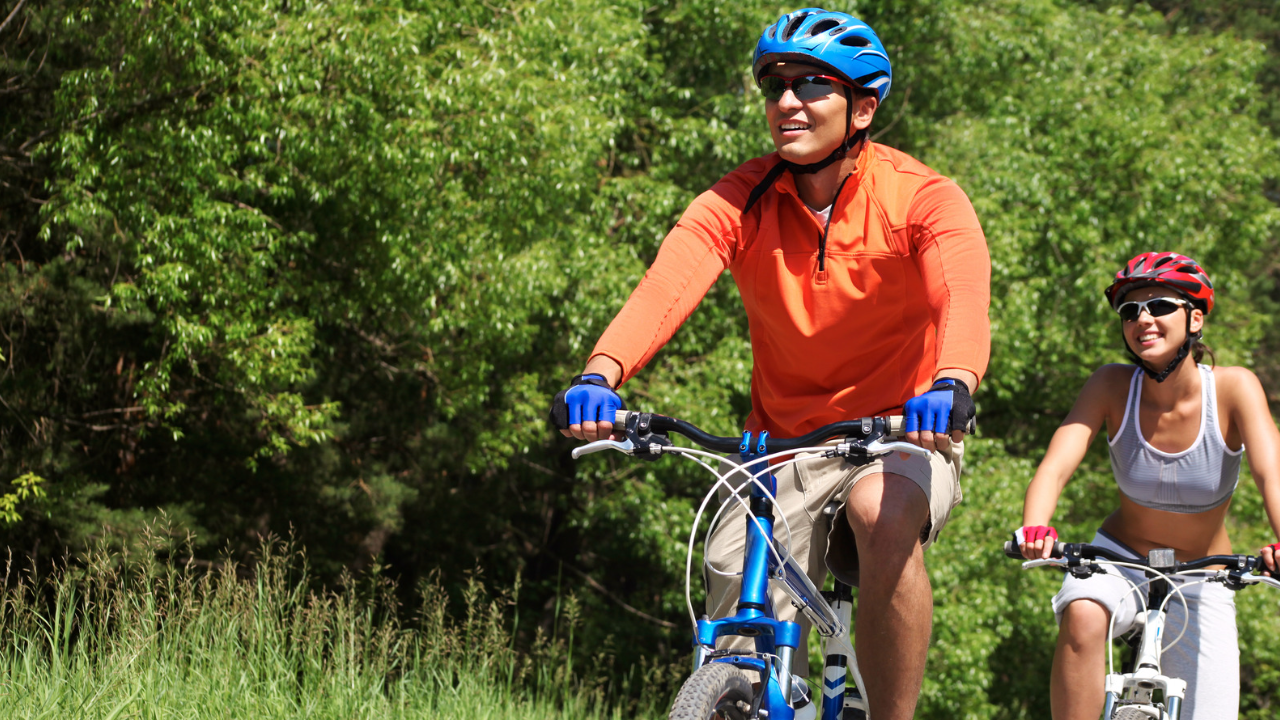 Cycling: Cycling is another low-impact exercise that can be done indoors or outdoors. If you’re cycling outdoors, be sure to wear a helmet and follow traffic laws.
Cycling: Cycling is another low-impact exercise that can be done indoors or outdoors. If you’re cycling outdoors, be sure to wear a helmet and follow traffic laws.
- Swimming: Swimming is a great low-impact exercise that can be especially helpful for people with joint pain or mobility issues. You can swim laps or try water aerobics for a more low-impact workout.
- Aerobics: Aerobics classes can be a fun and social way to get your heart rate up. Look for classes that focus on low-impact exercises if you have joint pain or mobility issues.
-
Tai Chi: Tai Chi is a gentle form of martial arts that involves slow, fluid movements. It can be a great option for people who prefer a more low-impact workout, and research has shown that it can be effective for lowering blood pressure. Find a Tai Chi class in your area or look for instructional videos online. Wear comfortable, loose-fitting clothing that allows for a full range of motion.
- Start with basic Tai Chi movements and gradually progress to more advanced forms as you feel more comfortable. Focus on your breathing and movement coordination and try to clear your mind of other distractions. If you’re struggling to stay motivated, try practicing Tai Chi with a friend or joining a local Tai Chi group.
Part 3: Strength Training
Strength training can also be helpful for managing high blood pressure. Building muscle can help improve your overall health and make it easier to do everyday activities. Some examples of strength training exercises include:

- Weightlifting: You can use dumbbells, resistance bands, or weight machines to do a variety of strength training exercises.
- Bodyweight exercises: You don’t need equipment to do strength training. Exercises such as push-ups, squats, and lunges can be done using just your body weight.
- Yoga: Yoga can be a great way to build strength and flexibility while also reducing stress. Look for classes that focus on strength-building poses such as warrior pose or chair pose.
Part 4: Stretching and Relaxation
In addition to cardiovascular exercise and strength training, stretching and relaxation can also be helpful for managing high blood pressure. These types of exercises can help reduce stress and tension in the body, which can contribute to high blood pressure. Some examples of stretching and relaxation exercises include:
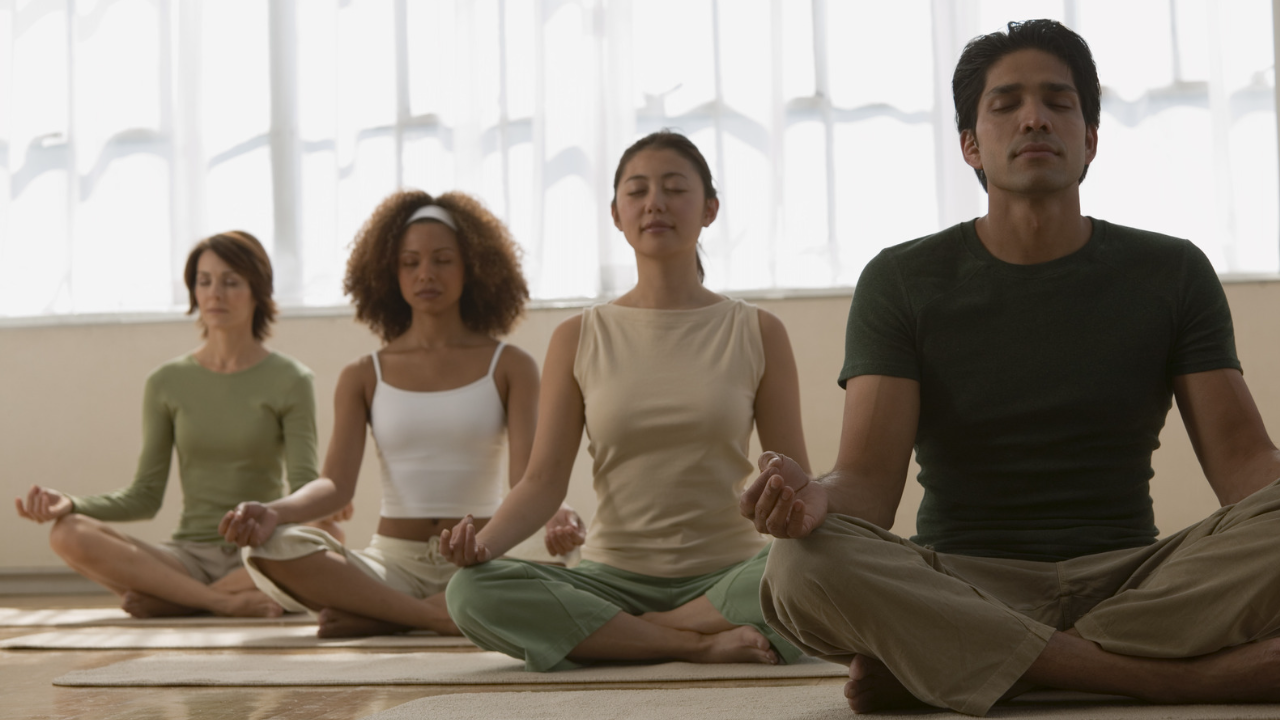 Yoga: In addition to strength-building poses, yoga also includes a variety Part 4: Stretching and Relaxation In addition to cardiovascular exercise and strength training, stretching and relaxation can also be helpful for managing high blood pressure. These types of exercises can help reduce stress and tension in the body, which can contribute to high blood pressure.
Yoga: In addition to strength-building poses, yoga also includes a variety Part 4: Stretching and Relaxation In addition to cardiovascular exercise and strength training, stretching and relaxation can also be helpful for managing high blood pressure. These types of exercises can help reduce stress and tension in the body, which can contribute to high blood pressure.- Stretching: You can stretch any muscle in your body and stretching can help improve flexibility and reduce muscle tension. Focus on stretching the muscles that are tight or sore.
- Meditation: Meditation can be a great way to reduce stress and promote relaxation. Try meditating for a few minutes each day, and gradually increase the time as you get more comfortable with the practice. Remember, consistency is key when it comes to exercise. Try to incorporate cardiovascular exercise, strength training, and stretching/relaxation into your routine at least a few times a week, and gradually increase the intensity and duration as your fitness level improves. And as always, be sure to talk to your healthcare provider before starting any new exercise program.
 Managing stress is like putting the brakes on high blood pressure. By finding healthy ways to cope with stress, such as meditation, yoga, or deep breathing exercises, you can reduce the strain on your cardiovascular system and manage your blood pressure more effectively. Getting enough sleep is like recharging your batteries for better health. By prioritizing restful sleep and establishing a regular sleep routine, you’re giving your body the time it needs to repair and regenerate, which can help manage your high blood pressure.
Managing stress is like putting the brakes on high blood pressure. By finding healthy ways to cope with stress, such as meditation, yoga, or deep breathing exercises, you can reduce the strain on your cardiovascular system and manage your blood pressure more effectively. Getting enough sleep is like recharging your batteries for better health. By prioritizing restful sleep and establishing a regular sleep routine, you’re giving your body the time it needs to repair and regenerate, which can help manage your high blood pressure.
If you are interested in seeing the entire video click right here .
Have a good day and Think Your health!
Sources:
1)https://www.cdc.gov/bloodpressure/prevent.



